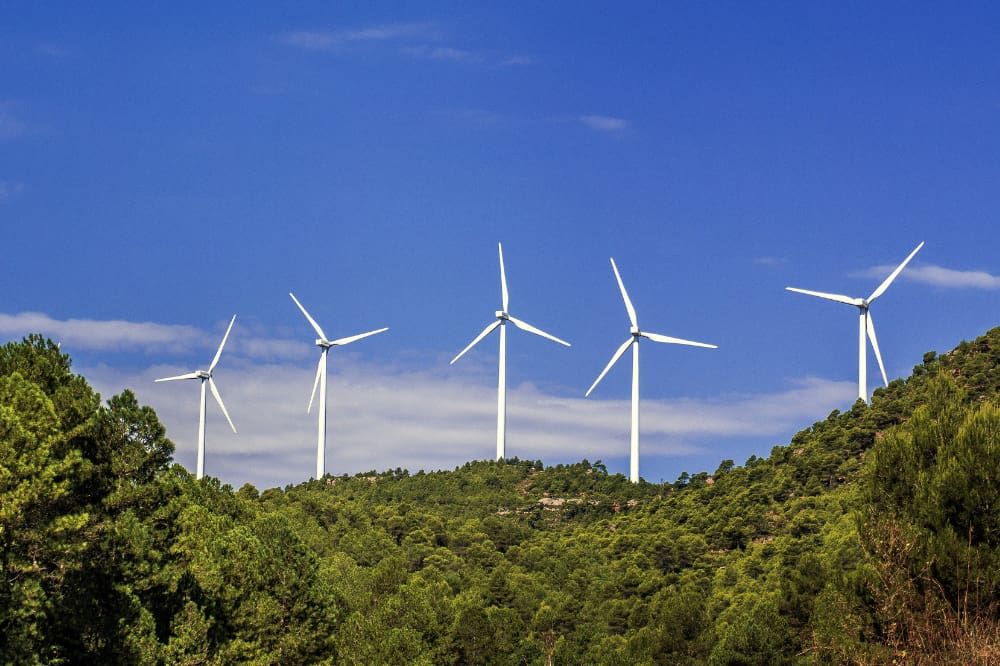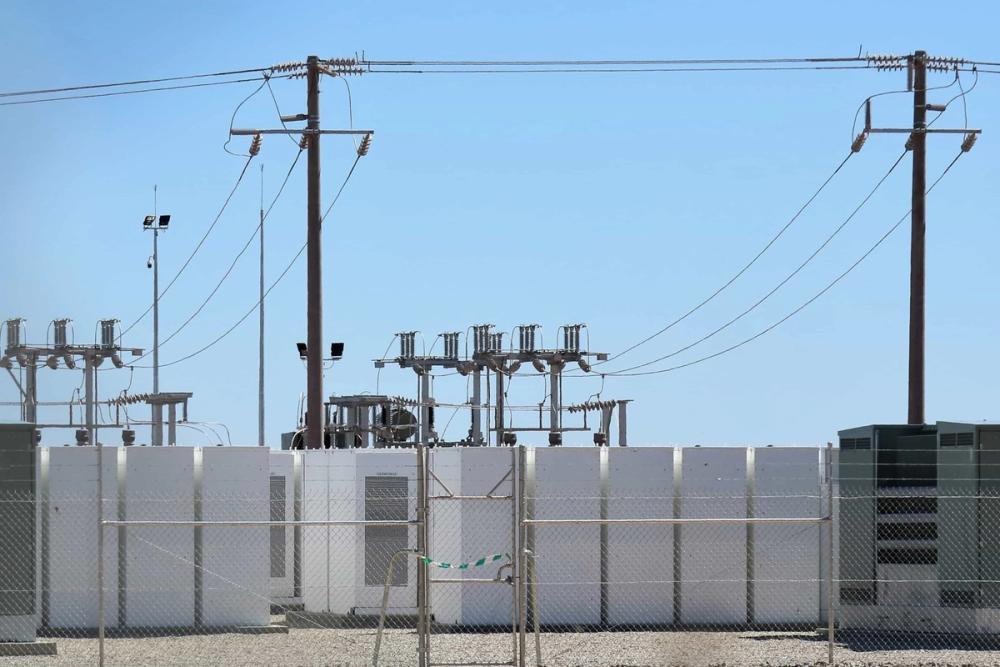Listing The Best Electrical Energy Storage Systems

In today's rapidly evolving energy landscape, the demand for efficient and reliable energy storage systems has never been higher. With renewable energy sources like wind power becoming increasingly prevalent, the need to store generated electricity for later use has become paramount.
Electrical energy storage systems play a crucial role in balancing supply and demand, stabilising the national grid, and maximising the utilisation of renewable energy resources in the fight against climate change.
In this blog post, we'll delve into some of the best electrical energy storage systems available today, exploring their features, benefits, and applications.
Lithium-Ion Batteries
Lithium-ion batteries have revolutionised energy storage with their high energy density, long cycle life, and rapid charging capabilities. These batteries are commonly used in various applications, from consumer electronics to electric vehicles and grid-scale energy storage systems.
Companies like Tesla have been at the forefront of developing advanced lithium-ion battery technologies for both stationary and mobile applications.
With continuous research and development efforts into the science of battery storage, lithium-ion batteries continue to improve in terms of performance, cost-effectiveness, and safety.
Flow Batteries
Flow batteries offer a unique approach to energy storage, employing liquid electrolytes stored in external tanks. This design allows for independent power and energy capacity scaling, making flow batteries ideal for long-duration storage applications.
Unlike traditional batteries, where the energy storage capacity is limited by the size of the electrodes, flow batteries can store energy in tanks of electrolyte, allowing for virtually unlimited scalability.
Flow batteries are particularly well-suited for stationary battery energy storage applications, such as grid stabilisation, load shifting, and renewable integration.
Their ability to store large amounts of energy for extended periods makes them indispensable assets for managing fluctuations in renewable energy generation and ensuring a reliable power supply to meet fluctuating demand.x
Additionally, flow batteries can provide ancillary services to the grid, such as frequency regulation and voltage support, further enhancing grid stability and reliability. As the demand for long-duration energy storage continues to grow, flow batteries are poised to play a pivotal role in the transition to a sustainable and resilient energy future.
Pumped Hydro Storage
Pumped hydro storage is one of the oldest and most established forms of grid-scale energy storage. This technology utilises the gravitational potential energy of water to store and release electricity.
During periods of low demand or excess generation, water is pumped from a lower reservoir to a higher reservoir. When electricity is needed, the stored water is released through turbines to generate power. Pumped hydro storage facilities offer high efficiency, long service life, and large storage capacities, making them valuable assets for grid operators worldwide.
Compressed Air Energy Storage (CAES)
Compressed air energy storage systems store energy by compressing air into underground caverns or above-ground tanks. During periods of high electricity demand, the compressed air is released and expanded through turbines to generate electricity.
CAES systems can be either adiabatic, isothermal, or diabetic, depending on the method used to manage the heat generated during compression.
While CAES systems typically have lower round-trip efficiencies compared to other storage technologies, they offer significant potential for large-scale, long-duration energy storage, especially in regions with suitable geological conditions.
Flywheel Energy Storage
Flywheel energy storage systems utilise the rotation of a spinning object to store kinetic energy. During periods of excess electricity generation, the flywheel accelerates, storing energy through rotational motion.
When electricity is needed, the rotational energy of the flywheel is converted back into electrical power using a generator. Flywheel systems offer fast response times, high efficiency, and excellent cycling capabilities, making them well-suited for applications requiring frequency regulation, voltage support, and backup power.
Thermal Energy Storage
Thermal energy storage systems store heat or cold for later use in heating, cooling, or power generation applications. These systems can utilise a variety of storage mediums, including molten salts, phase-change materials, and chilled water.
Thermal energy storage offers the advantage of high energy density and relatively low cost compared to other storage technologies.
It is commonly used in conjunction with solar thermal power plants, district heating and cooling systems, and industrial processes to improve energy efficiency and grid flexibility.
Supercapacitors
Supercapacitors, also known as ultracapacitors or electrochemical capacitors, are energy storage devices that store electrical energy through the electrostatic attraction of ions.
Unlike batteries, which store energy through chemical reactions, supercapacitors store energy electrostatically, allowing for rapid charge and discharge cycles. Supercapacitors offer high power density, long cycle life, and excellent performance in extreme temperatures, making them suitable for applications requiring high power bursts and frequent cycling.
Utilising Energy Storage With Balance Power
At Balance Power, our team has expertise and commitment to innovation in the energy sector and stands poised to revolutionise the landscape of electrical energy storage.
By leveraging cutting-edge technologies and a deep understanding of grid dynamics, Balance Power can offer tailored solutions to optimise energy storage deployment for various applications.
Whether it's implementing advanced lithium-ion battery systems or enhancing grid stability through various means, Balance Power ensures that energy storage solutions are seamlessly integrated into your business’ energy storage infrastructure.
With a focus on efficiency, reliability, and sustainability, Balance Power is dedicated to empowering businesses and communities to achieve their energy goals while fostering a cleaner and more resilient energy future.
Conclusion
In conclusion, electrical energy storage systems play a critical role in enabling the widespread adoption of renewable energy sources and ensuring the stability and reliability of the electrical grid.
From lithium-ion batteries to pumped hydro storage and beyond, the diverse range of storage technologies available offers flexibility and scalability to meet the evolving needs of modern energy systems. By harnessing the power of these advanced storage solutions, we can accelerate the transition to a cleaner, more sustainable energy future.
Every business must ensure that waste levels are kept at a minimum, may this be through recycling or multiple assessments of your output to ensure that energy is being used to the standards of your business model.
An electrical energy storage system can make these management projects much easier to keep track of, making them some of the most important technological advancements on the market for renewable energy.



